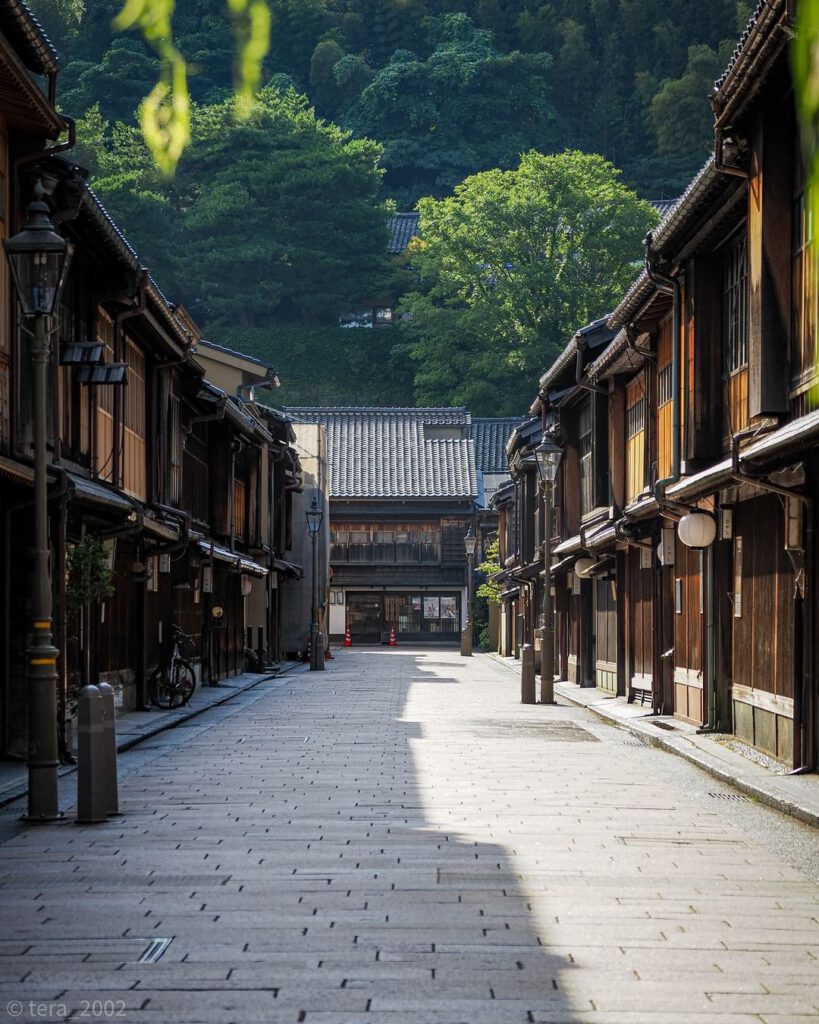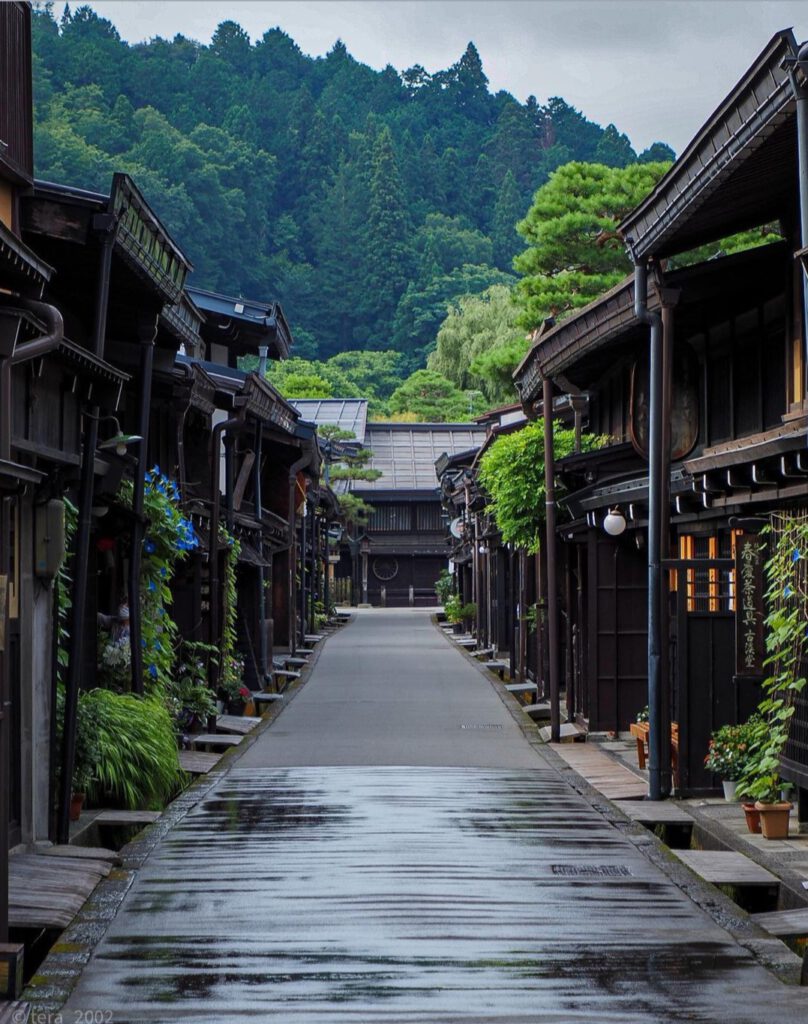Historical Towns
🏙 Historical Towns of Japan: Step Back in Time
Japan’s historical towns offer a unique opportunity to experience the country’s rich heritage, where the spirit of centuries-old traditions is preserved in the streets, buildings, and everyday life. These towns, often tucked away from the hustle and bustle of modern cities, are where you can feel the echo of samurai footfalls, see ancient architecture, and immerse yourself in the culture that shaped Japan’s past.
Whether it’s the charm of Edo-period merchant districts, serene temples, or preserved streets that tell the story of feudal Japan, historical towns bring you closer to understanding Japan’s cultural roots. For anyone looking to dive deeper into Japan’s rich history, these towns provide a captivating window into the past, all while offering a peaceful retreat from the busy city life.
🌟 Best Historical Towns to Visit
Here are 10 of the best historical towns in Japan, each offering its own story and charm. Whether you’re fascinated by samurai culture, ancient temples, or Edo-period architecture, these towns are sure to provide an unforgettable experience.
- Kanazawa – A beautifully preserved Edo-period city known for its traditional tea districts, samurai houses, and stunning Kenrokuen Garden.
- Furukawa – A quaint town with Meiji-era buildings and peaceful streets, offering a glimpse into Japan’s transitional period from Edo to Meiji.
- Takayama – A picturesque town in the Japanese Alps, famous for its well-preserved old town and vibrant annual festivals.
- Nara – Japan’s first capital city, home to iconic temples, the Great Buddha, and friendly deer roaming through Nara Park.
- Kamakura – A coastal town steeped in samurai history, known for its Great Buddha and numerous Zen temples.
- Kurashiki – A charming town with a preserved merchant district featuring scenic canals and historical buildings now housing museums and cafes.
- Shirakawa-go – A UNESCO World Heritage village renowned for its traditional gassho-zukuri farmhouses set against a beautiful mountain backdrop.
- Ueda – A historic town with ties to the samurai, offering a blend of feudal-era landmarks and scenic mountain views.
- Kurume – A town in Fukuoka Prefecture known for its historical samurai connections, Meiji-era architecture, and beautiful gardens.
- Kanazawa (duplicate) – A beautifully preserved Edo-period city known for its traditional tea districts, samurai houses, and stunning Kenrokuen Garden.
Best Historical Towns
Here are 10 of the best historical towns in Japan, each offering its own story and charm. Whether you’re fascinated by samurai culture, ancient temples, or Edo-period architecture, these towns are sure to provide an unforgettable experience.
Kanazawa
Kanazawa is one of Japan’s most well-preserved cities from the Edo period, blending the charm of ancient samurai culture with a stunning garden and traditional tea districts. Explore the Higashi Chaya District and the magnificent Kenrokuen Garden, or wander through the samurai districts to experience the city’s rich history.

- Best time to visit: Spring for cherry blossoms or autumn for garden colors
- Best sites: Kenrokuen Garden, Higashi Chaya District, Kanazawa Castle, 21st Century Museum
- Minimum time: 2 days
- Combine with: Shirakawa-go, Fukui, Noto Peninsula
Takayama
Nestled in the Japanese Alps, Takayama offers a picturesque escape into a town that has preserved its traditional Edo-period streets. The Sanmachi Suji area is lined with wooden merchant houses, while the town’s festivals showcase the unique cultural heritage of the region. Takayama is also a gateway to exploring the rural history of Japan.

- Best time to visit: Spring (April festival) and autumn (October festival)
- Best sites: Sanmachi Suji old town, Takayama Jinya, morning markets
- Minimum time: 1–2 days
- Combine with: Furukawa, Shirakawa-go, Kamikochi
4. Nara – Japan’s First Permanent Capital
Nara, the birthplace of Japanese civilization, was the first permanent capital of Japan. It is home to iconic temples such as Todai-ji, where the Great Buddha resides, and Nara Park, where deer roam freely. Nara offers a rich mix of Buddhist temples, ancient art, and a peaceful atmosphere, making it a must-visit for history enthusiasts.

- Best time to visit: Autumn (October–November) or spring (March–April)
- Best sites: Todai-ji, Nara Park, Kasuga Taisha, Kofuku-ji
- Minimum time: 1 full day
- Combine with: Kyoto (30–45 min away), Uji, Osaka
Kamakura
Kamakura is a coastal town known for its role as the seat of Japan’s first shogunate and its wealth of samurai history. The Great Buddha of Kamakura is its most famous landmark, while its numerous Zen temples and shrines reflect the town’s deep spiritual and cultural roots.
- Best time to visit: Spring (April), early summer (hydrangeas), or autumn
- Best sites: Great Buddha (Daibutsu), Hasedera Temple, Tsurugaoka Hachimangu
- Minimum time: 1 day
- Combine with: Enoshima, Yokohama, Hakone

Kurashiki – The Merchant Town of Canals
Famous for its historical merchant district, Kurashiki’s Bikan Historical Quarter transports visitors back in time with its canals, willow-lined streets, and traditional storehouses. The town’s well-preserved Edo-period atmosphere is complemented by beautiful museums and galleries that showcase the area’s cultural wealth.
- Best time to visit: Spring or autumn
- Best sites: Bikan Historical Quarter, Ohara Museum of Art, Kurashiki Ivy Square
- Minimum time: Half a day to 1 day
- Combine with: Okayama, Naoshima, Kojima Jeans Street
Shirakawa-go
Shirakawa-go is a UNESCO World Heritage Site known for its distinctive gassho-zukuri farmhouses with steep thatched roofs. Set in a stunning mountainous landscape, this village offers a serene escape into Japan’s rural history, where traditional farming practices and ancient architecture coexist in harmony.
- Best time to visit: Winter (January–February for snow), or autumn foliage
- Best sites: Ogimachi Village, Wada House, Shiroyama Viewpoint
- Minimum time: Half a day (or overnight in a gassho-zukuri inn)
- Combine with: Takayama, Kanazawa, Gokayama
Ueda
Ueda is a town with a strong samurai heritage, where visitors can explore historical sites like Ueda Castle, once the stronghold of the Sanada clan. Nestled between scenic mountains, Ueda provides a glimpse into feudal-era Japan while offering picturesque views and peaceful surroundings.
- Best time to visit: Spring (cherry blossoms at Ueda Castle) or autumn
- Best sites: Ueda Castle Ruins, Sanada Shrine, old samurai district
- Minimum time: Half a day
- Combine with: Matsumoto, Bessho Onsen, Nagano
Kurume
Kurume, located in Fukuoka Prefecture, is a town rich in samurai history and traditional Meiji-era architecture. While exploring the Kurume Castle ruins and lush gardens, visitors can learn about the town’s cultural history, which includes its role in Japan’s textile industry and its connection to the samurai.
- Best time to visit: Spring (azaleas at Kurume Naritasan), or fall
- Best sites: Kurume Castle Ruins, Ishibashi Cultural Center, Rakanji Temple
- Minimum time: Half a day
- Combine with: Dazaifu, Yanagawa Canal Cruise, Fukuoka City
Furukawa
Furukawa, a charming town that often gets overlooked, offers visitors an authentic look at Japan’s transition from the Edo to the Meiji period. With its collection of Meiji-era buildings and quiet streets, Furukawa is a hidden gem that reflects the simpler side of Japan’s historical past.
- Best time to visit: Spring (April) during the Furukawa Festival or autumn foliage (October–November
- Best sites: Hida Furukawa Festival Hall, Seto River Canal, old merchant streets
- Minimum time: Half a day to 1 full day
- Combine with: Takayama (15 min by train), Shirakawa-go
Hikone
Hikone, located in Shiga Prefecture, is famous for the well-preserved Hikone Castle, one of Japan’s few surviving original castles. The town also offers a glimpse into the past with its samurai residences and historic streets, making it an ideal place to explore Japan’s feudal era.
Planning Your Visit
Japan’s historical towns sites can be explored individually or as part of a themed itinerary. Many of these destinations are accessible by train, making them easy to include in a travel plan. Whether you’re interested in feudal castles, samurai history, or ancient shrines, Japan’s historical sites offer something for every history enthusiast.